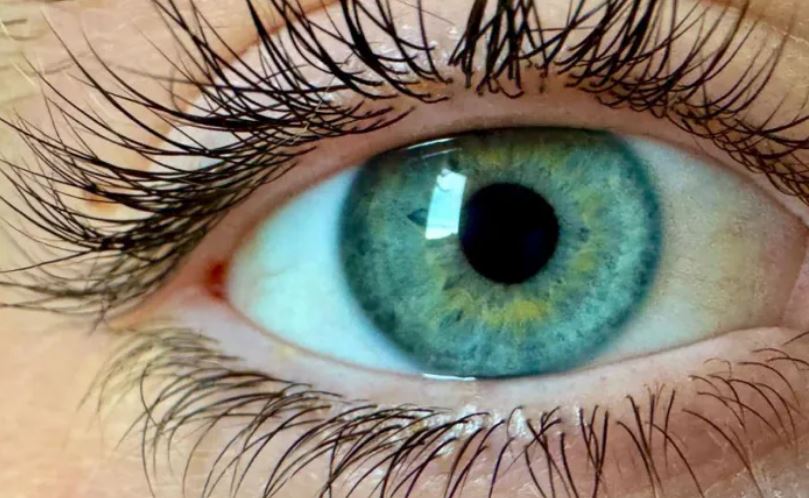
A team of scientists claims to have discovered a new colour that no human has ever seen before.
The research follows an experiment in which researchers in the US had laser pulses fired into their eyes.
By stimulating specific cells in the retina, the participants claim to have witnessed a blue-green colour that scientists have called "olo", but some experts have said the existence of a new colour is "open to argument".
The findings, published in the journal Science Advances on Friday, have been described by the study's co-author, Prof Ren Ng from the University of California, as "remarkable".
"Let's say you go around your whole life and you see only pink, baby pink, a pastel pink," he said.
During the team's experiment, researchers shined a laser beam into the pupil of one eye of each participant.
According to the research paper, the participants looked into a device called Oz which consists of mirrors, lasers and optical devices. The equipment was designed previously by some of the involved researchers - a team of scientists from UC Berkeley and the University of Washington, and updated for use in this study.
The retina includes cone cells, which are cells responsible for perceiving colour.
There are three types of cone cells in the eye - S, L and M - and each one is sensitive to different wavelengths of blue, red and green respectively.
However, in the study, the laser only stimulated M cones, "which in principle would send a colour signal to the brain that never occurs in natural vision", the paper said.
This means the colour olo could not been seen by a person's naked eye in the real world without the help of specific stimulation.
Some experts, however, say the new perceived colour is a "matter of interpretation".
He explained that if, for example, the red cone cells (L) were stimulated in large numbers, people would "perceive a deep red", but the perceived brightness may change depending on changes to red cone sensitivity, which is not unlike what happened in this study.







